Employment Appeal Letter Template for a Strong Appeal
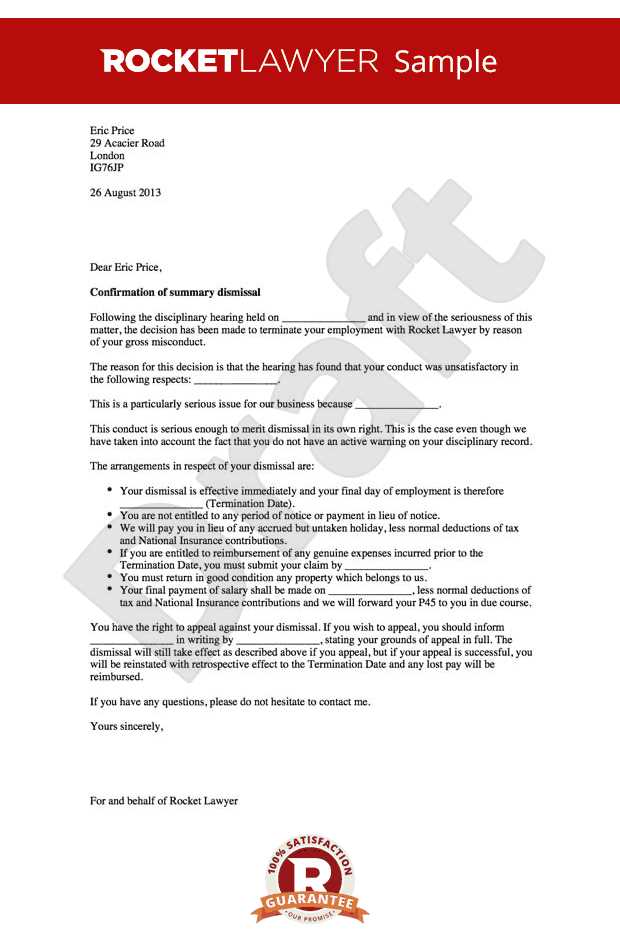
When facing a decision at work that you disagree with, it’s essential to present your case clearly and professionally. Whether it’s regarding a disciplinary action, promotion denial, or another matter, crafting a well-structured request can make a significant impact. Knowing how to organize your thoughts and arguments effectively is key to increasing your chances of a favorable outcome.
In this guide, we’ll cover the necessary components of a successful formal request. From explaining your situation to highlighting the reasoning behind your request, the right approach can make a world of difference. The goal is to ensure your message is heard and considered, while maintaining professionalism and respect throughout the process.
Understand the importance of structure and tone in your communication. A carefully written request not only demonstrates your commitment but also showcases your ability to communicate clearly, which is a valuable skill in any workplace.
Steps to Write a Strong Appeal
To create an effective written request for reconsideration, clarity, and precision are essential. The key is to express your thoughts in a way that is both respectful and well-organized. A strong argument can help convey your position clearly, demonstrating both professionalism and a logical approach to resolving the issue at hand.
1. State Your Purpose Clearly
Begin by directly stating the purpose of your communication. Whether you are disputing a decision or seeking a change, make it evident from the start. This will help the reader understand your intent without confusion. Provide context where necessary, but keep it concise and focused on the matter at hand.
2. Support Your Case with Relevant Details
Once you have outlined your purpose, back up your argument with relevant information. This might include facts, previous communications, or examples that support your position. Make sure the information is directly related to the decision you are contesting, as irrelevant details can detract from your argument’s strength.
Important Parts of an Appeal Letter
When crafting a formal request to reconsider a decision, certain elements are crucial for ensuring that your message is clear, professional, and convincing. Each part plays a significant role in delivering a coherent argument while maintaining respect and professionalism. Understanding these components can significantly enhance the effectiveness of your communication.
1. Introduction and Purpose
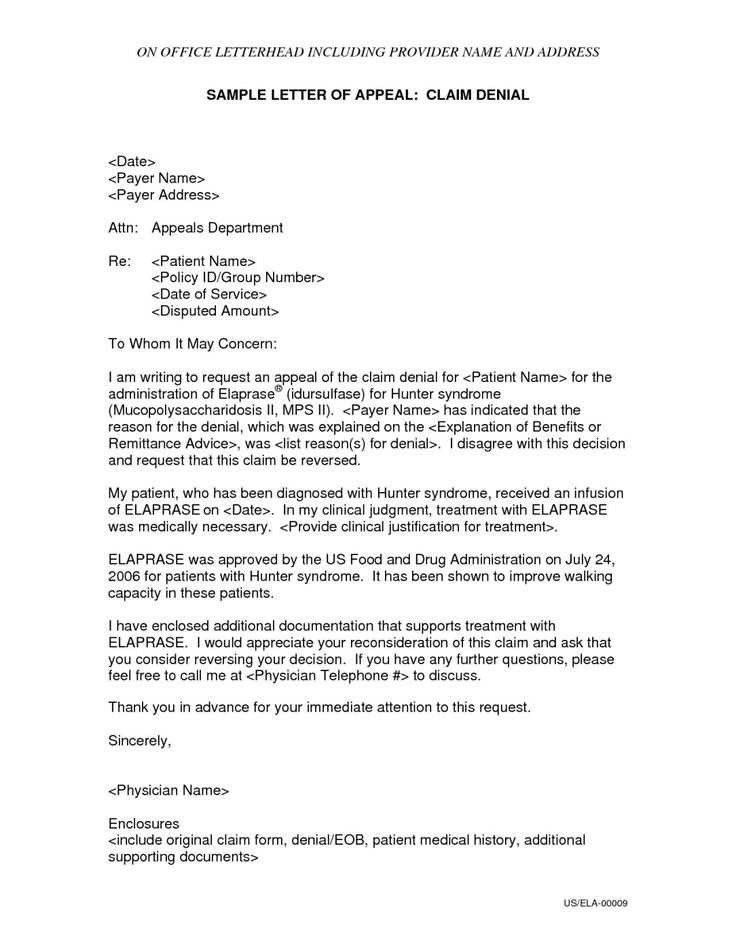
The introduction is where you briefly state the reason for your request and what outcome you seek. This section sets the tone for the rest of the document and should be direct and to the point.
- State your intent clearly from the start.
- Include relevant background information to explain the situation.
- Avoid unnecessary details; focus on the core issue.
2. Justification and Supporting Evidence
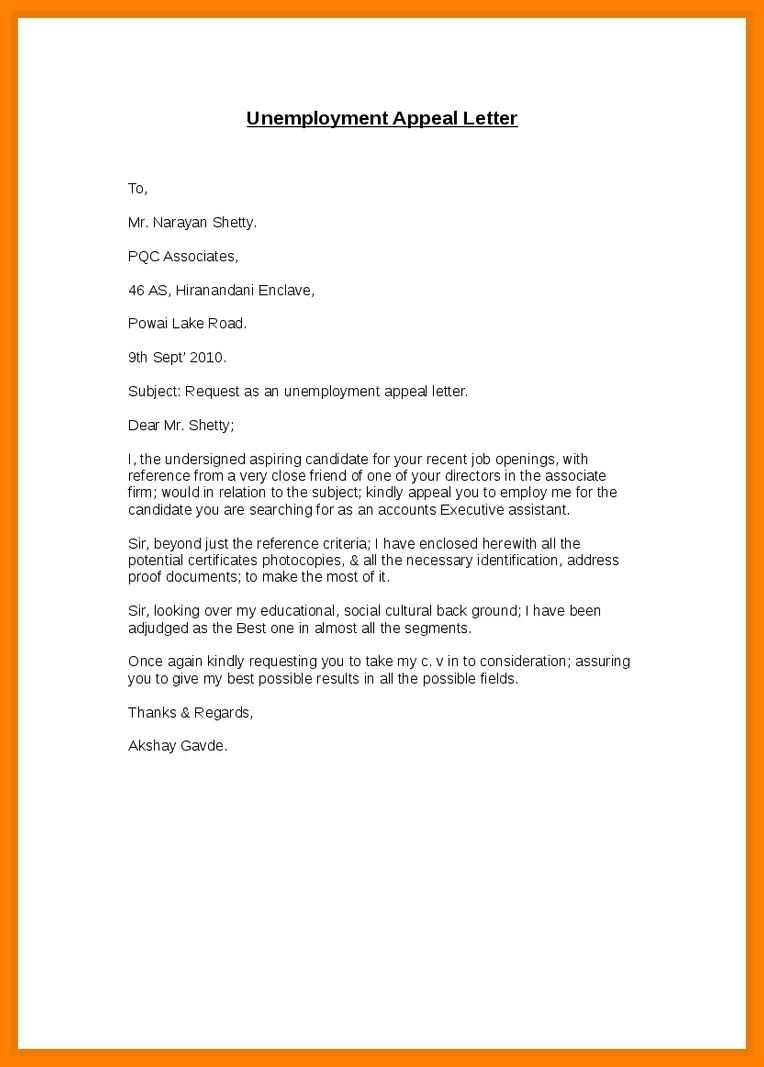
To strengthen your case, you must provide clear justifications and supporting evidence. This part is critical, as it gives context to your argument and helps the reader understand why the decision should be revisited.
- Present facts or data that back up your stance.
- Provide examples or references to previous situations if applicable.
- Ensure all evidence is relevant and well-organized.
Avoiding Common Mistakes in Appeals
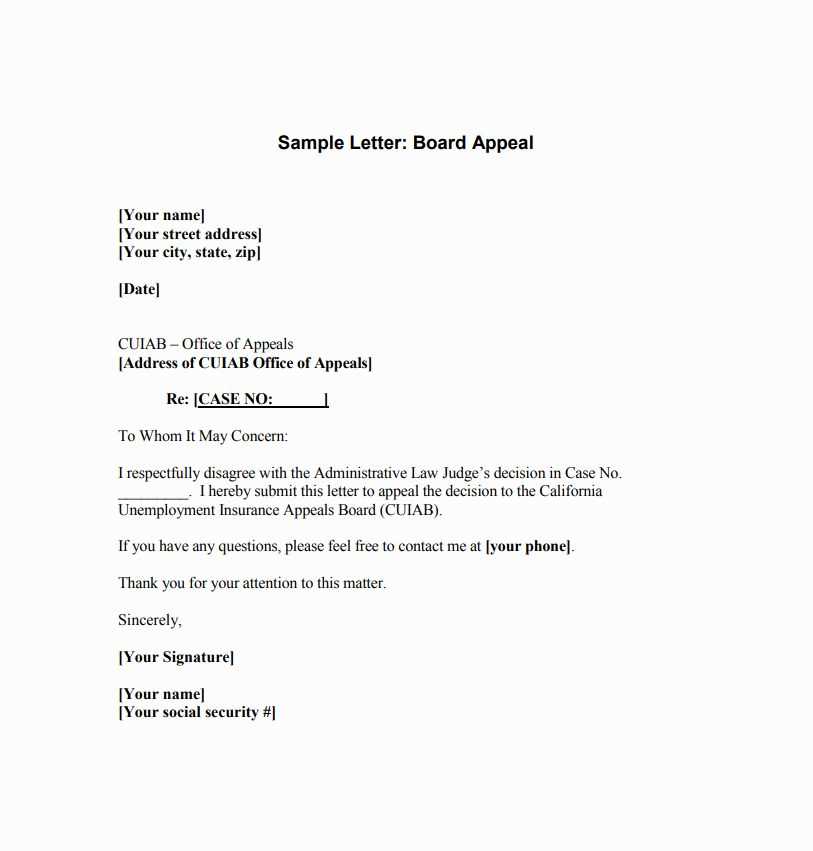
When submitting a formal request to review a decision, there are several common errors that can undermine your argument. Avoiding these pitfalls is essential for presenting a compelling and professional case. By being mindful of these mistakes, you can increase the likelihood of your request being taken seriously and considered favorably.
1. Being Vague or Too General
Clarity is key when expressing your concerns. Avoid being overly vague or general, as this can lead to confusion and weaken your position.
- Clearly define the issue you are addressing.
- Be specific about what you are asking for and why.
- Provide concrete examples to back up your claims.
2. Using an Aggressive or Negative Tone
Your tone should remain respectful and professional. Using an aggressive or negative tone can alienate the reader and make it harder to reach a constructive solution.
- Focus on presenting your case calmly and logically.
- Avoid blaming or criticizing others excessively.
- Maintain a cooperative and solution-oriented approach.
How to Address Your Employer Effectively
When writing a formal request or raising a concern, the way you address your employer is crucial. A professional and respectful tone can make a significant difference in how your message is received. It’s essential to maintain clarity while showing consideration for your employer’s position and time.
1. Use a Professional and Polite Tone
It is important to approach the conversation with respect, ensuring that your tone remains courteous throughout. A positive tone helps foster a cooperative relationship and increases the chances of your request being taken seriously.
- Begin with a formal greeting.
- Maintain a neutral and respectful tone.
- Avoid using overly casual language or slang.
2. Be Clear and Direct in Your Communication
While it’s important to be polite, your message should also be clear and direct. Avoid unnecessary details or ambiguity that could distract from the main issue. Focus on the key points to ensure your employer understands your concerns and requests without confusion.
- State your issue or request at the beginning.
- Provide context and details that support your point.
- Be concise and stick to the relevant information.
Tips for Writing a Persuasive Letter
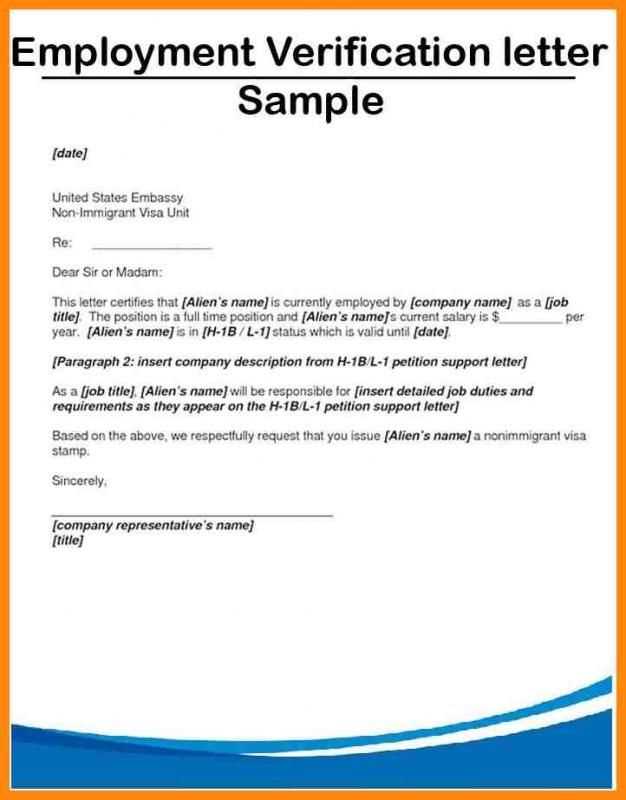
Creating a compelling written request involves more than simply stating your position. To be effective, your communication must convince the reader that your perspective is valid and deserving of consideration. Using clear arguments, supporting evidence, and a thoughtful structure will help you build a strong case.
- Start with a Clear Objective: Be specific about what you want to achieve from the beginning. Avoid vague statements and focus on the desired outcome.
- Use Logical Reasoning: Present your arguments in a coherent and structured manner. Make sure each point is connected logically to the next.
- Support Your Claims with Evidence: Include facts, data, or examples that reinforce your argument. This adds credibility to your request.
- Keep It Concise: While it’s important to provide enough detail, avoid unnecessary information that could weaken your message. Stick to the essentials.
- Stay Professional and Respectful: Maintain a polite tone throughout, even if you’re addressing a disagreement or challenging a decision. A respectful approach is more likely to foster a positive response.
Real-Life Examples of Successful Appeals
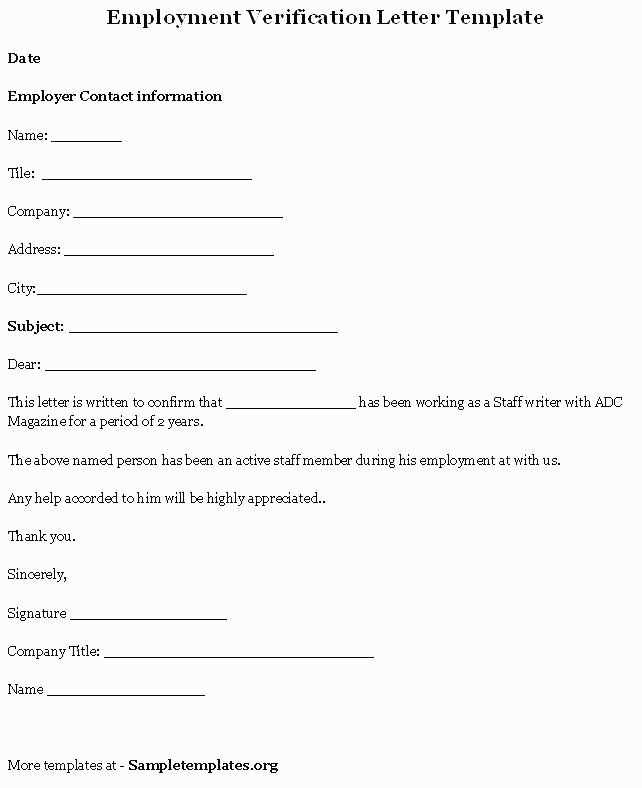
Examining real-world instances of well-crafted requests can provide valuable insights into what makes a submission effective. By studying successful cases, you can better understand how to structure your own communication, tailor your arguments, and increase the likelihood of achieving your goals. Below are examples of successful cases where well-constructed messages led to positive outcomes.
| Case | Key Strategy | Outcome |
|---|---|---|
| Promotion Request | Clear justification for skills and experience backed by achievements | Employee received the promotion after a detailed case was made for their qualifications |
| Reconsideration of Salary | Used market salary data and personal performance metrics to support request | Salary increase granted after presenting well-supported data |
| Shift Change Request | Addressed potential benefits to both employee and team with solutions | Request approved after proposing mutually beneficial adjustments |